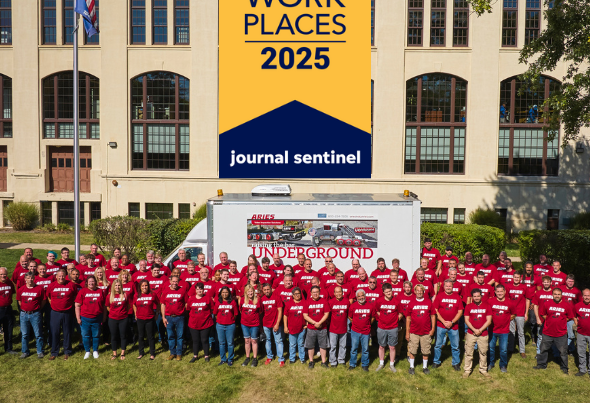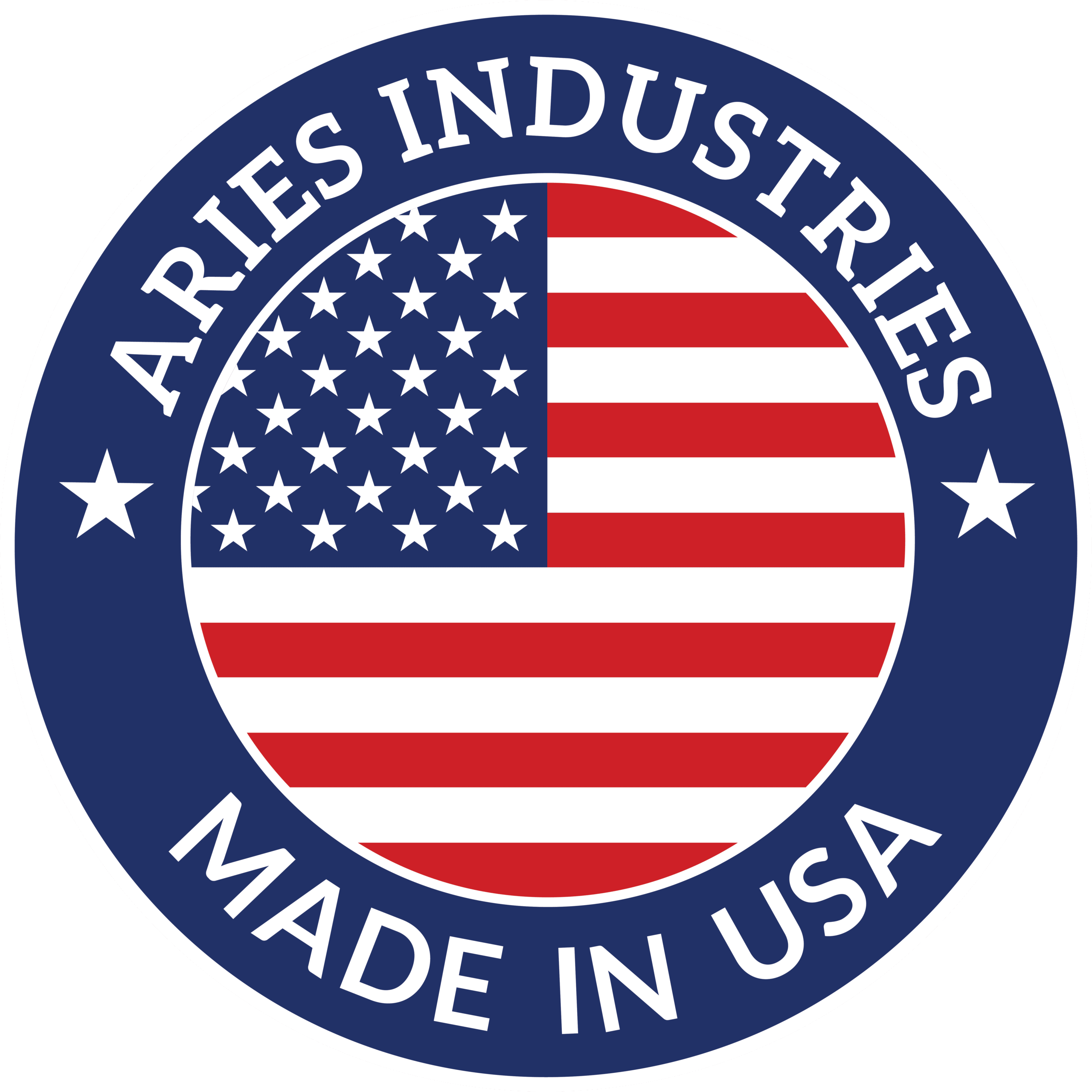When you are ready to build out a pipeline inspection vehicle, there are key decisions that need to be thoroughly evaluated. There are a number of considerations that will dictate the type of chassis that will meet your needs. The choices range from high-cube trucks to vans and trailers or ATV’s. You will need to think through the inspection equipment you need, now and in the future. What equipment, toolboxes, shelves, cabinets, tools, etc. are needed to support getting the job done. Articles have been written about the type of chassis and the inspection equipment. This article will assume you have chosen your inspection equipment to purchase and now want to focus on the type of chassis and equipment needed to support getting the job done.
And unlike conventional thought, let’s first start with the business end of the vehicle – the control room and equipment room. After we know what we want/need to do, haul, store, etc., we will move to the chassis types and make sure we have enough space and weight capacity. The type of vehicle and what you put in it are nearly as important as the inspection equipment itself.
CONTROL ROOM
What type of control room will you need in your pipeline inspection vehicle?
 The first step is to build your sewer inspection vehicle interior to suit your needs. Start with the basic layout of the vehicle. Working with professional guidance, identify your needs for the control room, keeping operator comfort in mind. Most vehicles can be customized for climate control, special lighting needs and safety considerations.
The first step is to build your sewer inspection vehicle interior to suit your needs. Start with the basic layout of the vehicle. Working with professional guidance, identify your needs for the control room, keeping operator comfort in mind. Most vehicles can be customized for climate control, special lighting needs and safety considerations.
Consider how you will use the control room space. Is this your studio where you are doing reports or are you just running the pipeline inspection? Be sure that you are able to customize this space to your specific needs. We often adapt control rooms in Aries pipeline inspection vehicles to accommodate charging spots for walkie-talkies, printers, secondary desk space and extra cabinetry. Our experience has also taught us that the controls need to be easy to operate with an intuitive layout. Easy to clean and durable surfaces are also must-haves.
How much desk space and storage space do you need for monitors, computers, printers, supplies, gear, etc. One example: monitors mounted on the wall provide more desk space.
Do you want to be able to walk from the cab to the control room and/or the control room to the equipment area, especially in case of bad weather or safety concerns? Common items and considerations our customers often request:
- Bulkhead wall with glass window; pass-through door in bulkhead provides climate control and easy access to equipment area
- Laminate desk with wall-mount monitors (provides more desk space)
- Storage bench with cushion for training, plus latching cabinets for paperwork, gear, etc.
- Wall outlets and shelves for phone chargers, coffee maker, microwave
- Wall-mount controls for arrow boards, strobes and power source
- Ceiling air conditioning and control room heater
EQUIPMENT ROOM
How will the vehicle be used in addition to pipeline inspections?
Next, think about the equipment area and storage for equipment, tools, parts, signs, and safety cones. Plan for future equipment or space needs and make sure you have considered safety measures for your vehicle, including proper strobe lights, confined space equipment, a sink, bathroom, and a hoist to minimize the need for manual lifting. You also need to take into account whether you are going to use the vehicle for something other than inspections, such as water meter/valve maintenance or even snow plowing.
 Will you need to remove the pipeline inspection system from the vehicle (e.g., transport it into backyards)? If so, you will need a portable inspection system that can be easily removed from a larger vehicle and put on an ATV or a pick-up truck to access tighter spots.
Will you need to remove the pipeline inspection system from the vehicle (e.g., transport it into backyards)? If so, you will need a portable inspection system that can be easily removed from a larger vehicle and put on an ATV or a pick-up truck to access tighter spots.
A priority at Aries is to provide field-repairable inspection systems to keep crews productive out in the field. Will you repair in the field? If so, you will need a work bench for a work area, toolbox to store/organize tools, bins/drawers for parts, etc.
What equipment/tools do you need to carry to support your pipeline inspection work? If you need to carry or tow miscellaneous items in addition to your equipment (e.g., signs, manhole blowers, tools, buckets), be sure the vehicle has the space and can accommodate the extra weight.
 Some other considerations for your pipeline inspection vehicle’s equipment room:
Some other considerations for your pipeline inspection vehicle’s equipment room:
- Custom laminate cabinetry for organized parts, supply storage
- Heavy duty multi-drawer toolboxes
- Easy-to-clean laminate walls and ceiling with rubber floor
- Overhead rear-facing monitor and outdoor-facing work flood lights
- Wash-down system to clean tractors, cameras
- Sink for easy quick clean-up and/or bathroom to maximize time on the jobsite
- Slide-out crawler storage drawer(s) keep tractors from moving during transit
- Shore power connection when back at the garage
- Bright, long-lasting LED interior lights
- Heater to keep equipment, supplies, personnel warm in cold climates
- A smaller winter door-within-a-door to route cables out will prevent heat loss
- Awning to provide shade from sun or rain
What type of power source will you need?
Each power supply option (e.g., generator, battery/inverter, or engine-driven generator) has limitations to factor into your decision. Many buyers underestimate the power they will need. The duty cycle of a smaller generator can quickly be pushed to the limit if you don’t have enough power. Battery charging systems have recently started to hit the market, like those in Aries TrailBlazer Mobile Enclosure. These provide for easy on-site power replenishment and do not require access to a remote power source. The quiet, emissions-free operation is environmentally-friendly and can be ideal in communities where noise ordinances impact the ability to work into the evening hours.
CHASSIS TYPE
Too often people will make decisions on chassis based only on price. While that is an important consideration, you should also think through some of the following:
What were your space/weight needs for control room and equipment room?
How much space and weight capacity do you need for everything you selected above?
In what type of environment will you be conducting pipeline inspections?
The size of vehicle you choose is also dictated by your work environment. In a congested urban area, taking up a smaller footprint while out in the field will be more important than if you will be working in a rural area. Weather conditions also play a role. Will you need a 4×4 to navigate the snowy roads of Maine or do you need a vehicle that allows you to work comfortably in the Texas heat?
Does the vehicle need to meet height and width restrictions?
This is key, especially if you need to navigate low bridges or narrow streets. Don’t forget about garage heights and widths as well.
Does the vehicle need to tow?
If yes, weight capacities are extremely important (see GCWR below).
Types of Vehicles:
- Box trucks – cab on a frame and a separate box cargo area, provides the most equipment storage space, weight carrying capacity and towing capability of all inspection truck types, but they are longer and have a larger turning radius. Gas or diesel engine options. Typical GVWR’s are 14,000 lbs. to 19,500 lbs.
- Cutaway Vans – cab on a frame and a separate box cargo area. The back of the cab is open and the front of the box is open so the box is attached directly to the cab – you can walk from the back of the cab into the box. Limited towing capability compared to box trucks. Typical GVWR’s are 12,500 to 14,500 lbs.
- Cargo Vans – The cab and the cargo area are connected in one-piece often without any divide between them. Large sliding door on curbside. Cargo vans are best to navigate congested, tight areas such city streets, alleys but they are narrow and have lower weight carrying capacity than hi-cubes and box trucks. Usually have gas engines but a few diesel brands. Typical GVWR’s are 9,500 lbs. to 11,000 lbs.
- Trailers – large and small sizes available – always available to tow by multiple trucks plus different operators can share (if a box truck or cargo van has a chassis/engine issue, your inspection vehicle is shut down for the day – not so with a trailer that can be pulled by different trucks). Sizes range from single axle 6’x10’ to dual axle 8’x16’.
- Pick-ups/ATV’s – smaller to carry portable equipment either separately or installed into a Cube or Enclosure to remote or difficult to access areas – powered by small generator or battery/inverter system.
Note that box trucks, cutaway vans and trailers typically have a 2’ wide side access door to the control room on the curbside and barn doors in the rear.
GVWR and GCWR are important!
You have chosen your inspection system and have a long list of equipment, tools and supplies to put in your truck. If you need to carry or tow items in addition to your inspection equipment, be sure the vehicle has the space and can accommodate the extra weight.
Gross Vehicle Weight Rating (GVWR) and Gross Vehicle Weight (GVW) are sometimes thought to be the same, but they are not. A truck’s GVWR is the maximum weight rating established by the chassis manufacturer. GVW is the total weight of the truck and payload at a point in time. Gross Combined Weight Rating (GCWR) is the combined weight rating, established by the truck manufacturer, of the truck and a towed trailer. Check Federal and your state laws. And, most importantly, the truck and trailer must not be overloaded.
NOTE: Operating your vehicle at or near the GVWR / GCWR adds stress on all chassis components (engine, tires, brakes, suspension, etc.) and will wear them out prematurely. Operating your vehicle at a GVW above GVWR is illegal and dangerous. Know your truck, equipment, and tool/supply weights. Just because all your equipment fits in your truck doesn’t mean you are within the operating weight of your vehicle. Ask your sales representative at your equipment manufacturer to do a weight analysis.
What truck brand/model to choose?
Your experience with brands/models and accessibility for chassis repairs is key to your productivity. Your experience with brands and models will be valuable in selecting a new truck.
What is the total cost of ownership?
Think beyond just the prices of the chassis selections. Understand the cost implications of fuel type, operating costs, maintenance, repair/part accessibility, and re-sale value. For example, when choosing diesel or gas, factor in the cost per gallon and upfront costs vs. long-term performance and maintenance. Diesel engines typically last longer than gas, but cost more upfront and weigh more.
Purchasing a pipeline inspection vehicle is a significant investment. It requires due diligence so you choose the right size vehicle, structure the interior to meet your needs (not just a “cookie cutter” design) and choose equipment that will maximize uptime and generate the results you need for your customers. Don’t underpower your work equipment and don’t choose a vehicle that you overload.
Be sure to work with a professional team that can guide you at every step of the decision-making process. Find an experienced, knowledgeable sales representative from a reputable equipment manufacturer that can help steer you in the right direction. We have veterans of the industry ready to help guide you in selecting the right pipeline inspection vehicle for your sewer inspection needs. Get in touch today to start the conversation.
Let's Talk

















